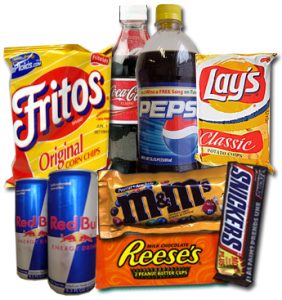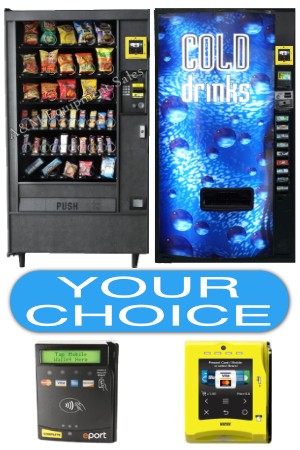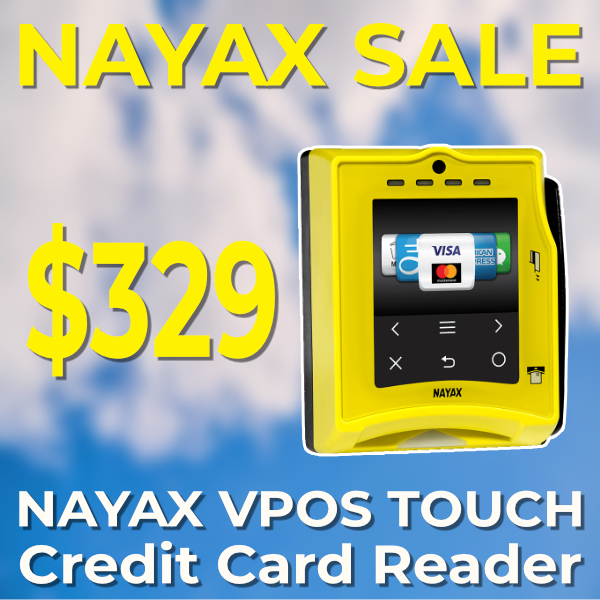 Right Product selection means vending machine profits this can mean the difference between success and failure. Ultimately, your gross sales depend on a customer deciding to purchase a snack, soda or food item. Proper product selection can increase your sales by 20% or more, and improper selection can reduce sales to nothing. So Right Product selection means vending machine profits how do you determine what products to put into your machines?
Right Product selection means vending machine profits this can mean the difference between success and failure. Ultimately, your gross sales depend on a customer deciding to purchase a snack, soda or food item. Proper product selection can increase your sales by 20% or more, and improper selection can reduce sales to nothing. So Right Product selection means vending machine profits how do you determine what products to put into your machines?
Right Product selection means vending machine profits All vending machine product selection starts with an account analysis. After you place vending machines in a new account, you could fill them with what you have on the truck, the product you got at the local warehouse club on special last week. You got a good deal on the product and your new customers will eat and drink it because they don’t have a choice.
This attitude is the beginning of failure in the vending machine route business. Your customers do have choices when it comes to using your vending machines. Customers can:
· Bring snacks and drinks from home
· Go off-site to a convenience store, or
· Decide not to use your vending machines at all.
Several factors determine the type of product to place in your vending machines.
1. Analysis begins with a basic demographic profile of the account. Who are your customers: Are they male, female, young, old, white, black, Hispanic, Asian? Are they blue collar, white collar or both? What kinds of cars are in the parking lot? Are your customers southern, northern, locals, transplants? Find out as much as you can about your customer base – at each location. Different people have different tastes; some products will sell well to one group, while that same product can be given away for free to another and will not be eaten. Blue collar, young Hispanic men have radically different vending machine purchasing habits than white collar, older Caucasian women.
A quick note on product selection and profitability: The vending business depends on product turn, which is the amount of time it takes to sell your inventory. Faster is better.
But here’s a rule of thumb that seems counter-intuitive: Low cost in vending product selection is not always the prudent and profitable choice. For example, you offer 2 brands of honey buns in a machine. Brand A is 5 cents cheaper than Brand B. You have studied your competitors’ machines in the area and learn that most use Brand B.
Here’s why: Brand A costs 30 cents and Brand B costs 35 cents. When put in the vending machines, Brand A sells 3 units in a week at 75 cents, for total sales of $2.25. Subtracting your cost from sales, $2.25 (sales) – $.90 (cost) = $1.35 profit.
Brand B sells 12 units per week at 75 cents for total sales of $9.00. Subtract your cost: $9.00 (sales) – $4.20 (cost) = $4.80 profit.
Multiply this times the number of columns in your vending machines to see the difference in gross sales. Let’s say you have 50 machines, so the math looks like this:
Brand A: 40 selections x $1.35 = $54.00 x 50 vending machines = $2,700
Brand B: 40 selections x $4.80 = $192.00 x 50 vending machines = $9,600
Brand B is 3 times (300%) more profitable than Brand A, even though it is more expensive to purchase. This is vending machine product turn – selling product faster, generating more cash flow and more profit – absolutely critical to vending machine business success. By the way, while these numbers are slightly exaggerated for effect (because you won’t achieve these results from every item in every machine), individual sales can vary by as much as the numbers listed. I have personally run honey buns side by side and seen these results.
2. After you have summed up your account, ask your contact if any products sell particularly well. They will usually tell you what they like, and a list of what the other people don’t like, because they hear all the complaints. Ask as many people as you can, being request-oriented. The people in your vending machine account know what they will buy. Listen for trends, because one person asking for dried pomegranate seeds while everyone else asks for Snickers does not mean you place the seeds in your machine. (Unless the person asking is the “big boss,” when it’s usually best handled by giving the boss his seeds for free).
Read the trade magazines; vending machine products are rated by sales every year. Find out what sells best from the manufacturers. Learn and remember, build rough profiles of what certain types of people like, so that the next time you place your vending machines in a similar location, you have an idea of what might sell.
Another factor in product selection is that variety is critical. Change your product selection regularly. Do not let a product that does not sell sit in a machine until it goes out of date. If you visit the account once a week, and the expiration date is 4 weeks away, you will see that product 4 times for perhaps 1 hour each time. The customers see that product every day for 8 hours. If it doesn’t sell, change it. Variety sells, and sales mean profit. Profit means success. Sell what the customer purchases.
3. What about healthy food for vending machines?
“Healthy” is a matter of perspective and marketing. Vending machine products are marketed differently: some satisfy (Snickers) and some are sold with the health-conscious person in mind (Nature Valley granola bars). But if you read the packages, you’ll see they contain about the same number of calories and fat content. Some products could never be considered healthy (pork skins) but, in reality, have very few calories and little fat (hard to believe, but true). Even our public school systems will call a bag of potato chips “junk food” if sold from the vending machine, but a healthy potato snack if sold in the cafeteria.
My point is that “healthy” is often determined by factors you don’t control. Ask your customers what they consider to be healthy and will they buy it if you place it in the vending machines. If they don’t (or won’t) buy it, don’t place it. Right Product selection means vending machine profits. More blogs at the Vending Business Show Take Over A Vending Route Or Start Your Own?



